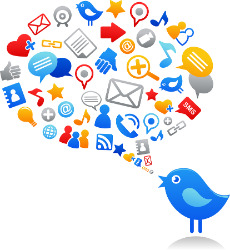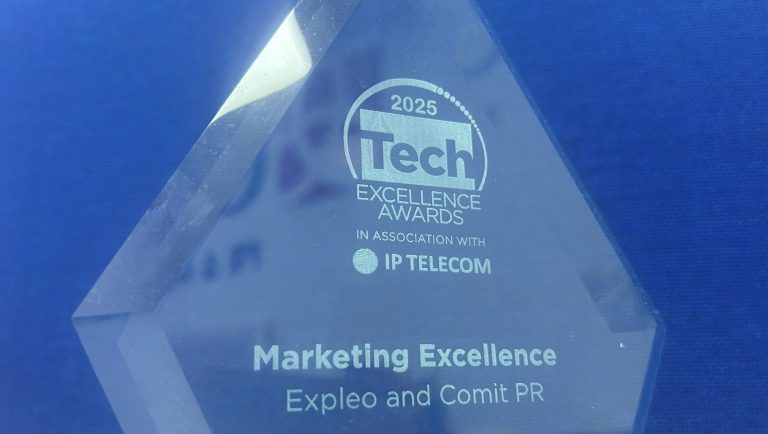 Social media is not just for digital natives who document their every move in 140 characters or less.
Social media is not just for digital natives who document their every move in 140 characters or less.
Social media is an extremely useful avenue for businesses who want to promote their products, people and services and drive traffic to their websites. So many platforms exist that instead of having a blanket presence on all of them and neglecting updates, it makes more sense to choose the right platform for you and focus on generating content for that.
Which one do I use?
Choosing one or more platforms comes down to your audience. Do you want to talk to the consumer directly? Are you interested in talking directly to key decision makers in other companies and businesses? What kind of content suits your products or services? Do you want to target media and bloggers?
Twitter
Twitter has its many advantages. As of January 2014, research shows that 19% of all adults online use the microblogging site. You can target individual publications, journalists, bloggers, industry leaders and customers. Posts are shorter, weed out unnecessary language, guaranteeing that the reader doesn’t get bored and gets the message instantly. A short message accompanied by a link or an image means the reader is more likely to click to your website.
Facebook
Facebook, the grandfather of social media, is more consumer driven. It can be used to create further visibility within target demographics and as another point of contact for customers, improving the customer service experience. If it is used as customer service platform, you leave your brand open to critique so consider this when it comes to resources needed to monitor the account.
For B2B companies, as well as consumer brands, Facebook can be very effective for employer branding. It is great for telling the kind of stories – nights out, charitable activities, new team members, babies and weddings – that will enable you to communicate more about the human side of your company which will attract people to work for you.
LinkedIn
Once seen as a recruitment site, LinkedIn is much more. Figures show that 22% of all adults online use LinkedIn. It is a virtual networking event. Where else can you contact large corporations, SMEs, CEOs, MDs, sales managers, IT engineers, account executives and see their locations and interests? Using LinkedIn means you can talk directly to professionals who make decisions within a given company. There are very powerful business development capabilities in LinkedIn.
YouTube
If video and vlogs explain your company best, YouTube is a great platform. Creating a well-scripted video can describe your product or offer a demo to the user, and shorten the sales process if the customer knows what to expect. Video case studies and testimonials are very powerful ways of telling compelling stories from a customer perspective. Statistics from YouTube revealed there are 1.7m YouTube homepage views each day in Ireland. YouTube has a reach of 81% of online users in Ireland and 46% of this community are aged 35 plus.
And many more…
The list is long and in the time it takes to type this, new social media apps and platforms will probably have sprung up from techy brains deep within Silicon Valley. The list includes Google Plus, Tumblr, Pinterest and Instagram. Each has a demographic and not all of them might be relevant for your company. It is worthwhile to research each and discover what each platform can contribute to your company before investing time and energy in developing an account and strategy.
Next time in our digital series…
We discuss search engine optimisation and categorising your website in the vast archives of the internet. If you need any pointers on using social media for your business, contact us here.






